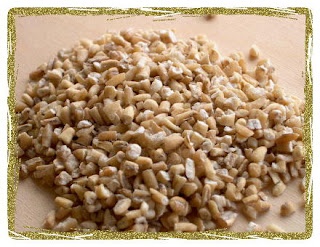Antifungal medications are used to treat to treat fungal infections such as: toe nail fungus, athletes foot, thrush, or blood stream infections. In the US oral antigun cal medications are by prescription only, and they are very strong, and helpful meds to treat fungus, but there are some things that your HCP might not tell you, that you need to be aware of when taking them.
How do Antifungal medications work?
When you take an oral antifungal, it is absorbed through your gut into your bloodstream and is excreted (filtered out) through your liver. Let’s use one of the most common antifungals as an example, terbinafine (Lamisil), that you are taking for a toenail fungal infection: you take your lamisil every day for three months, and a few days into treatment, your blood has an appropriate level of Lamisil in it because of how slow your liver gets rid of it, and how your gut absorbs it. The Lamisil attacks all cells that it can find that appear to be fungal cells, thus killing the infection. Which is awesome! But, there are some side effects such as: nausea, vomiting, diarrhea, vision changes, skin rashes, and changes in taste. Due to the build-up of the drug in your liver, a more serious side effect is liver damage or complete liver failure. Plus, some other drugs can cause the levels of the medications to become to high in your bloodstream and you can become toxic, which can also cause the liver failure, so you need to discuss all medications, and the type/amount of drugs (non prescribed) that you may/not take, and the amount you drink.
Why shouldn’t I drink on them?
As we all know, alcohol is absorbed in your gut into your bloodstream and also excreted through your liver. Huh, just like the antifungals! So, when your liver is working really hard to filter out a prescription drug, that is very strong and powerful, it can cause too much stress on your liver to also be expected to filter out alcohol. The worst side effect can occur, and can occur quickly: complete liver failure. An the early sings of liver failure are nausea, vomiting, loss of appetite, and jaundice (a yellowing of the skin). Once complete liver failure occurs, the only treatment is a liver transplant, which is a lifetime of medications, hospital visits, and having days of feeling well and unwell (which are much more frequently swinging than for someone without a transplant).
Maybe because I have worked with the diseased liver population for a long period of time, I am more sensitive to this, but think about how worth it is to you to drink or take other drugs when you are taking prescription medications. It isn’t worth losing an organ that is super vital, for a few drinks. Right?
So if you are taking these drugs, lay off the alcohol. And if you are being prescribed this medication, talk to your HCP and be honest with the amount you drink…and LAY OFF THE BOOZE!! (at least until your fungus is gone!)
Yours in Good Health
B















